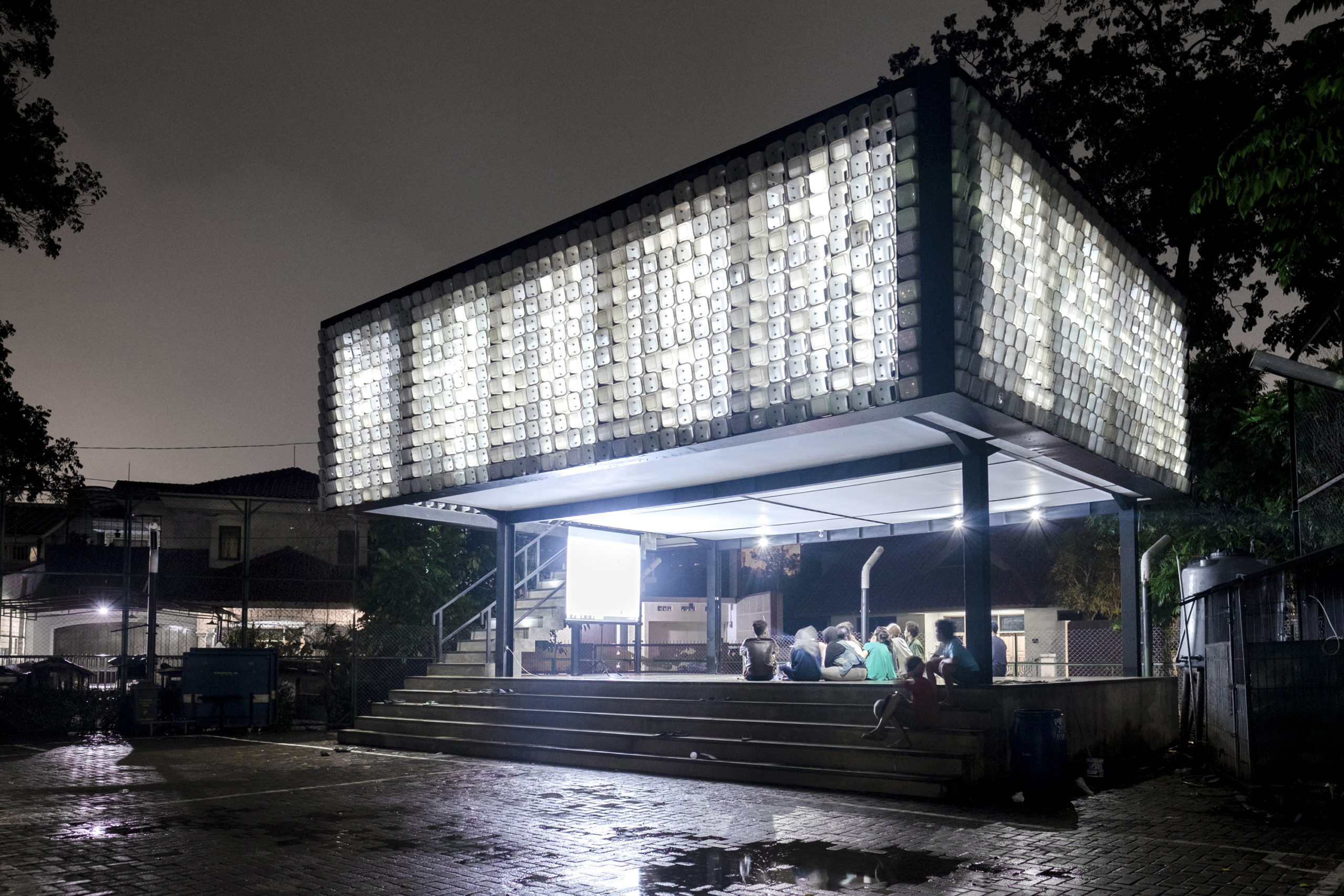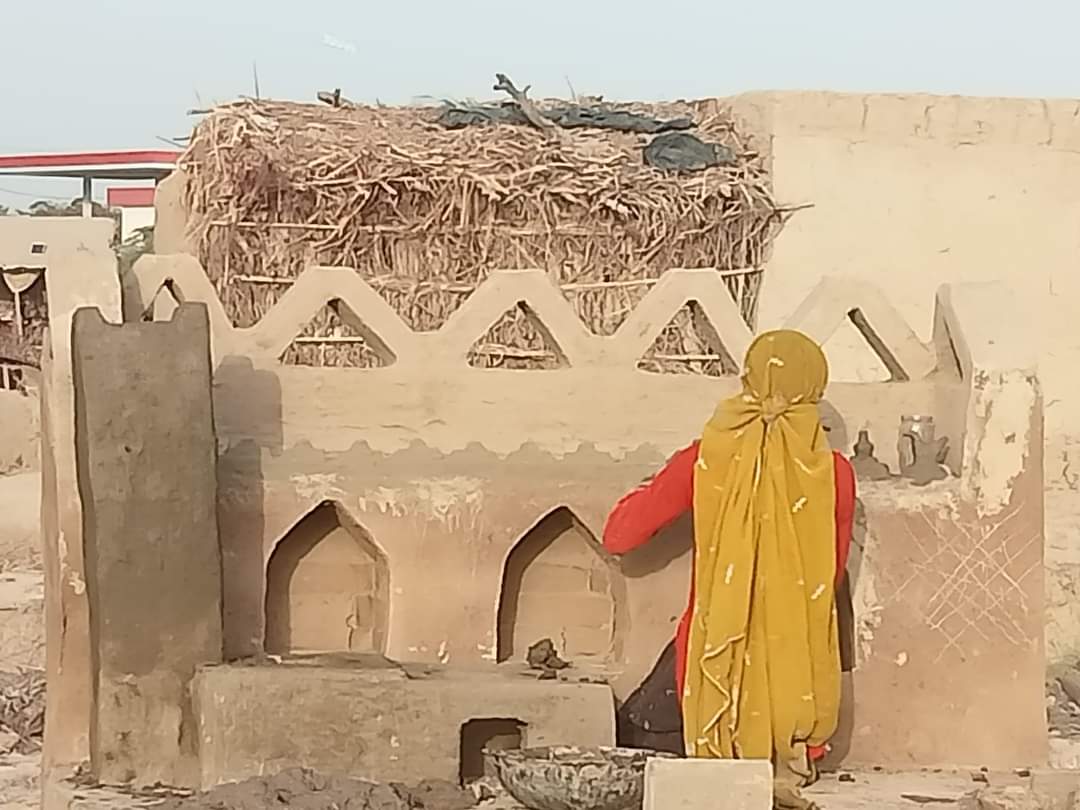Architects: Want to have your project featured? Showcase your work through Architizer and sign up for our inspirational newsletters.
Hangars are more than utilitarian structures; they are monumental feats of architecture. These vast spaces, conceived for the storage and maintenance of airplanes or ships, have evolved into versatile structures that serve a multitude of functions in modern life. Long built of metal, wood, or concrete, hangars were used for protection from the weather and direct sunlight. From adaptive reuse projects that transform historic hangars into vibrant cultural hubs to cutting-edge designs that push the boundaries of engineering and aesthetics, hangars continue to inspire architects and captivate the imagination.
In this article, we delve into the world of hangar design, exploring how these structures are built today and how they have been adapted and reused over time. These projects show how hangars create grand, soaring spaces that accommodate the needs of contemporary life and serve as iconic landmarks in their places. Take a journey through the evolution of hangars and discover the architectural ideas that define these extraordinary structures.
Ghost Hangar
By JOHN GRABLE ARCHITECTS, Texas Hill Country, Texas
Popular Choice Winner, 10th Annual A+Awards, Showrooms

 The site and program presented a unique intersection of aviation and Texas ranching. Tasked with designing a structure for Lewis Air Legends, a living museum of Vintage WWII era aircraft, the design team aimed to preserve their memory and honor, their bravery and sacrifice. The client wanted a design that was era-appropriate to the pristine, fully operational aircraft. To blend with the landscape and horizon, the architect chose the Quonset hut, a WWII archetype, for its form silhouette.
The site and program presented a unique intersection of aviation and Texas ranching. Tasked with designing a structure for Lewis Air Legends, a living museum of Vintage WWII era aircraft, the design team aimed to preserve their memory and honor, their bravery and sacrifice. The client wanted a design that was era-appropriate to the pristine, fully operational aircraft. To blend with the landscape and horizon, the architect chose the Quonset hut, a WWII archetype, for its form silhouette.
Using a triangulated wide-flange barrel-vault structural system connected through knuckles, the building achieves longer spans. The dropping curve of the roof brings it back down to the ground, while the spring line-to-saddlebag connection provides vertical clearance and breaks up the longest facades, avoiding the expansive, uninterrupted face typical of hangar archetypes, as requested by the client. The material palette was carefully chosen to integrate with the surrounding ranch landscape, including reclaimed materials that were pre-weathered and new materials with inherent durability. The design allows for ample natural light and ventilation to address Texas’ harsh climate.
Centennial College Bombardier Centre for Aerospace and Aviation
By Stantec, Toronto, Canada


 Stantec and partner MJMA transformed Centennial College’s vision for aerospace education into reality with a sustainable and inspiring campus design. The project includes over 50,000 square feet (4,645 square meters) of classroom and lab space, along with 40,000 square feet (3,715 square meters) of hangar space and 10,000 square feet (930 square meters) of student amenities and library resources. Utilizing space in the historic de Havilland hangar at Downsview Park, the team created labs and learning environments for aviation engineering and mechanics, as well as student services like admissions, a library, and dining options.
Stantec and partner MJMA transformed Centennial College’s vision for aerospace education into reality with a sustainable and inspiring campus design. The project includes over 50,000 square feet (4,645 square meters) of classroom and lab space, along with 40,000 square feet (3,715 square meters) of hangar space and 10,000 square feet (930 square meters) of student amenities and library resources. Utilizing space in the historic de Havilland hangar at Downsview Park, the team created labs and learning environments for aviation engineering and mechanics, as well as student services like admissions, a library, and dining options.
The campus celebrates aerospace technology and the site’s heritage by displaying artifacts and historical information. By opening the building to the public realm, the design revitalizes Canadian aviation history and inspires the next generation of aerospace innovators.
Turkish Technic Line Maintenance Hangar
By Ghafari Associates, İstanbul, Turkey


 Turkish Airlines and Turkish Technic have developed a state-of-the-art aircraft line/base maintenance center at their new hub in Istanbul, which stands as one of the most advanced facilities of its kind globally. The facility accommodates all variants of THY’s narrow-body jets and wide-body intercontinental airliners. Unlike conventional approaches with access on one side, the two-sided solution offers ultimate scheduling efficiency.
Turkish Airlines and Turkish Technic have developed a state-of-the-art aircraft line/base maintenance center at their new hub in Istanbul, which stands as one of the most advanced facilities of its kind globally. The facility accommodates all variants of THY’s narrow-body jets and wide-body intercontinental airliners. Unlike conventional approaches with access on one side, the two-sided solution offers ultimate scheduling efficiency.
The hangar is equipped with advanced aircraft service systems, including overhead cranes, telescoping work platforms and point-of-use aircraft utilities delivery. Additionally, the building design supports the 24/7 technical center with extensive daylight harvesting, advanced heating and ventilation systems and resilient, reflective interior materials. This facility establishes a new standard in modern and cost-efficient aircraft inspection and maintenance, enhancing productivity, safety and aircraft reliability.
Taichung Infobox
By Stan Allen Architect, Taichung, Taiwan
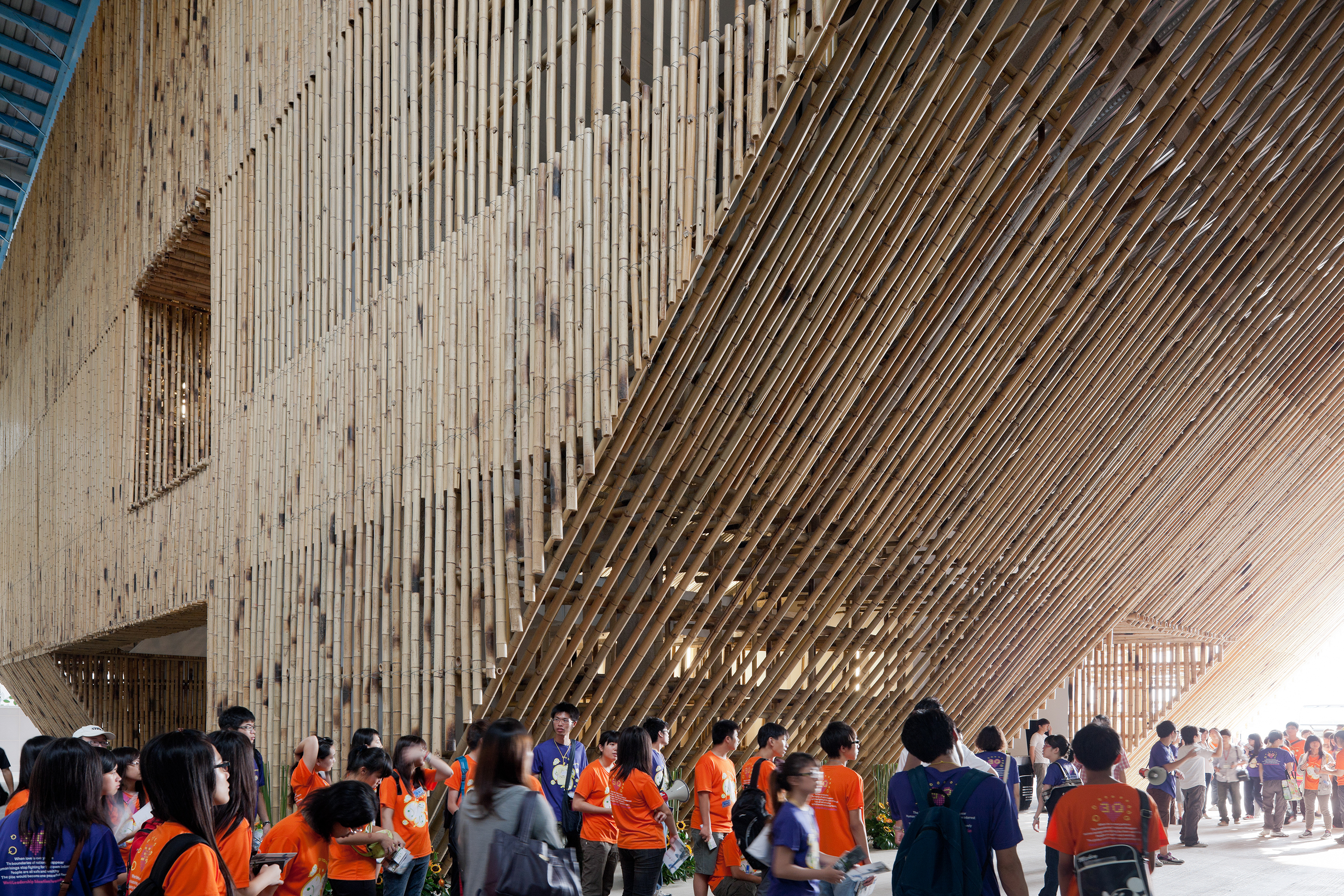
 Stan Allen Architect completed the master planning for Taichung Gateway in 2009, a 590-acre (240-hectare) mixed-use quarter on the former Municipal Airport site. To raise awareness and engage the public, the team proposed constructing a temporary exhibition pavilion within a large hangar, offering views of the park site and showcasing project details through drawings, models and animations.
Stan Allen Architect completed the master planning for Taichung Gateway in 2009, a 590-acre (240-hectare) mixed-use quarter on the former Municipal Airport site. To raise awareness and engage the public, the team proposed constructing a temporary exhibition pavilion within a large hangar, offering views of the park site and showcasing project details through drawings, models and animations.
The InfoBox, built inside an existing hangar, creatively reuses the iconic structure, honoring the site’s history while looking toward its future. Utilizing local bamboo scaffolding, they designed a unique framework that defines the exhibition spaces with a dense weave, creating striking visual effects. This approach not only ensured rapid and cost-effective construction but also promoted sustainable practices, as all materials were recycled at the pavilion’s end of life.
New Lab at the Brooklyn Navy Yard
By Marvel, Brooklyn, New York

 The design of the New Lab at the Brooklyn Navy Yard embodies the innovative spirit of its green research and manufacturing center, while respecting the historic hangar that houses it. Translucent office pods create a striking contrast with the industrial structure, highlighting the building’s 82,000 square feet (7,620 square meters). T
The design of the New Lab at the Brooklyn Navy Yard embodies the innovative spirit of its green research and manufacturing center, while respecting the historic hangar that houses it. Translucent office pods create a striking contrast with the industrial structure, highlighting the building’s 82,000 square feet (7,620 square meters). T
A widened second-story mezzanine accommodates additional rooms, connected by a steel-grate catwalk illuminated underneath, emphasizing the building’s length. The preserved central axis serves as a circulation spine, offering views that recall the original factory floor layout. Formerly used for ship manufacture, buildings 128, 123, and 28 of the Brooklyn Navy Yard are now undergoing a transformation into a high-tech design and prototyping center.
Le 106, arena for contemporary music
By atelier d’architecture King Kong, Rouen, France


 Hangar 106, a former shipping warehouse, was converted into a contemporary music arena (SMAC); it required significant restructuring to make it suitable for musical performances. The renovated facility now serves as a key element in the revitalization of Rouen’s left bank district, enhancing connectivity with the right bank and bridging the gap between the port and future neighborhoods to the south.
Hangar 106, a former shipping warehouse, was converted into a contemporary music arena (SMAC); it required significant restructuring to make it suitable for musical performances. The renovated facility now serves as a key element in the revitalization of Rouen’s left bank district, enhancing connectivity with the right bank and bridging the gap between the port and future neighborhoods to the south.
A vibrant symbol of Rouen’s urban renewal, the design retains the building’s aesthetic and historical ties while signaling a new era. Two strips of glazing on each side open onto the surroundings, visually connecting users with the district. The foyer, now topped with a glazed roof, floods with natural light, further integrating the venue with its environment. The use of Corten steel for the façade and the zinc cladding echoing on the west-facing wall, reflect an industrial aesthetic refined for modern sensibilities.
House of Air
By Mark Horton Architecture, Rouen, France
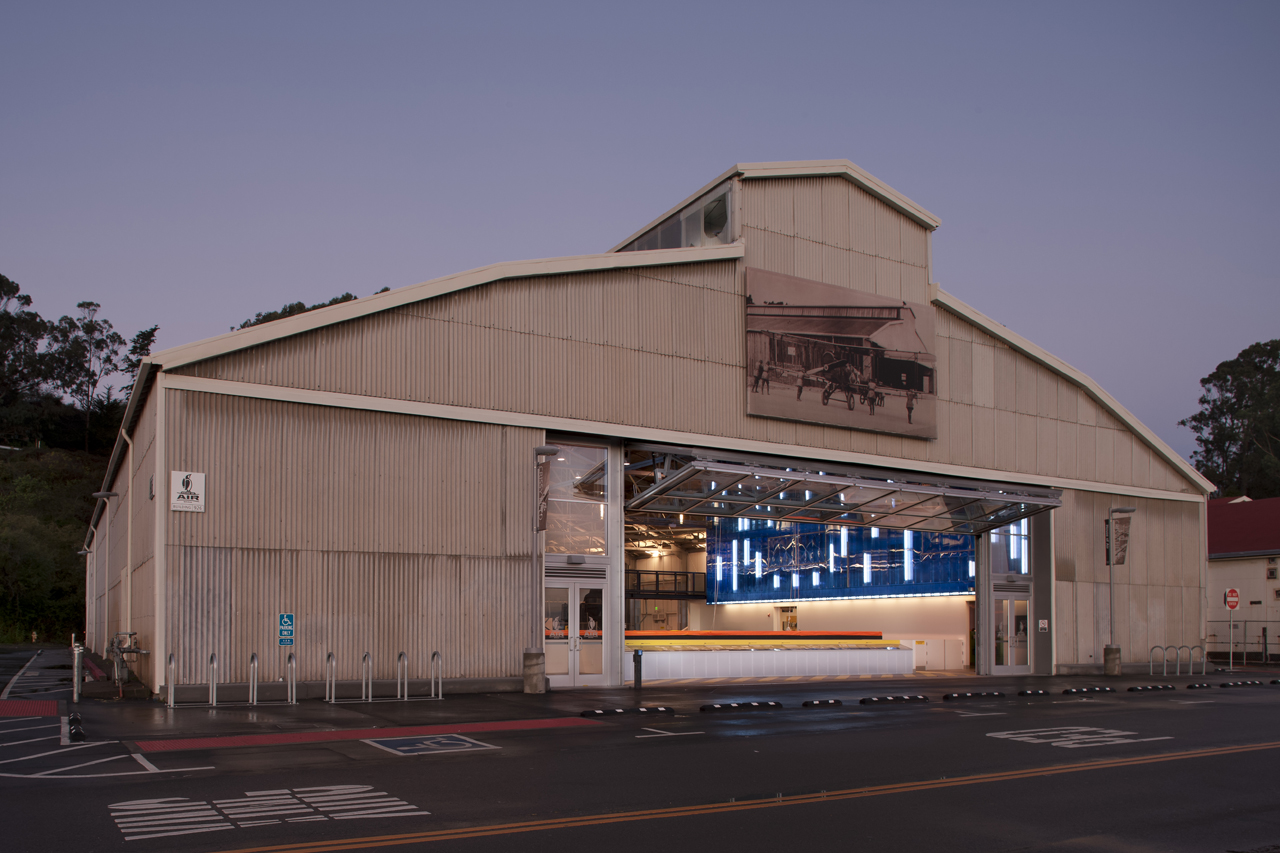

 House of Air, founded in 2010 by two young entrepreneurs with a passion for action sports, is a trampoline facility that caters to San Francisco’s young, energetic and affluent population. Located at the foot of the Golden Gate Bridge, the site offers stunning views of the San Francisco Bay, especially when the 45-foot-wide hangar door is opened.
House of Air, founded in 2010 by two young entrepreneurs with a passion for action sports, is a trampoline facility that caters to San Francisco’s young, energetic and affluent population. Located at the foot of the Golden Gate Bridge, the site offers stunning views of the San Francisco Bay, especially when the 45-foot-wide hangar door is opened.
The facility, housed in a historic biplane hangar, features a large field trampoline for bouncing, a trampoline dodgeball court and three performance trampolines for competitive jumping and training in skiing, snowboarding and wakeboarding. Two pavilions flanking the trampoline area house a café, meeting facilities, lockers, and a lounge. The translucent blue walls, illuminated from within, serve as graphic representations of the vertical motion happening throughout the facility.
Seaplane Harbor
By KOKO architects, Tallinn, Estonia


 The seaplane hangars at Tallinn Seaplane Harbour, built in 1916-1917 by Christiani & Nielsen, are a remarkable feat of 20th-century Baltic States’ architecture. These hangars, the first known steel concrete shell construction of this size in the world, feature three concrete shells supported by pillars. KOKO’s design aimed to preserve the historic integrity of the hangars while introducing architectural additions and an exhibition space for the museum.
The seaplane hangars at Tallinn Seaplane Harbour, built in 1916-1917 by Christiani & Nielsen, are a remarkable feat of 20th-century Baltic States’ architecture. These hangars, the first known steel concrete shell construction of this size in the world, feature three concrete shells supported by pillars. KOKO’s design aimed to preserve the historic integrity of the hangars while introducing architectural additions and an exhibition space for the museum.
The design included opening two sides of the building to daylight, replacing mute walls with a glass facade covered by massive sliding doors. Inside, the exhibition was divided into three “worlds” — underwater, on the surface, and in the air — to present the Maritime Museum’s collection. The exhibition is characterized by manifold narratives, multi-layered information and a focus on allowing visitors the freedom to interpret the building and its contents on their own.
American Airlines Hangar 2
By Ghafari Associates, Chicago, Illinois

 The design team collaborated with American Airlines to develop a new double wide-body aircraft maintenance hangar as part of the modernization program at Chicago O’Hare International Airport. This 194,000 square foot (18,025 square meter) facility consolidates line and base maintenance operations, supporting one of the world’s largest and fastest-growing aircraft fleets.
The design team collaborated with American Airlines to develop a new double wide-body aircraft maintenance hangar as part of the modernization program at Chicago O’Hare International Airport. This 194,000 square foot (18,025 square meter) facility consolidates line and base maintenance operations, supporting one of the world’s largest and fastest-growing aircraft fleets.
The team’s planning efforts focused on creating a dual-entry, flexible hangar concept that maximizes aircraft parking positions while minimizing building area to accommodates all aircraft variants in American’s fleet, from narrow-body to wide-body types. Careful consideration was given to integrating the new facility with existing airport infrastructure to optimize utility use.
Architects: Want to have your project featured? Showcase your work through Architizer and sign up for our inspirational newsletters.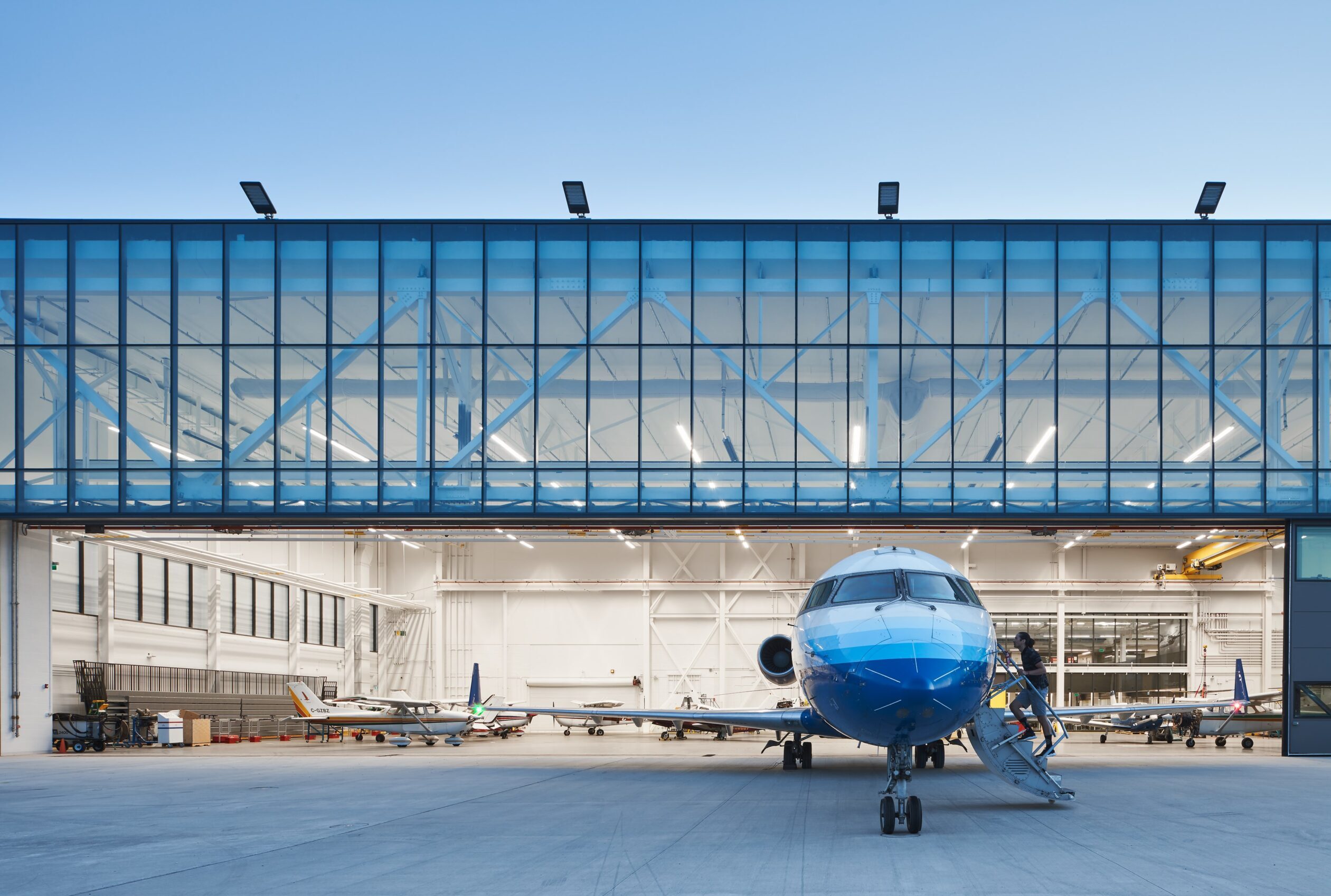





 American Airlines Hangar 2
American Airlines Hangar 2  Le 106, arena for contemporary music
Le 106, arena for contemporary music  New Lab at the Brooklyn Navy Yard
New Lab at the Brooklyn Navy Yard  SEAPLANE HARBOUR
SEAPLANE HARBOUR  Taichung Infobox
Taichung Infobox 